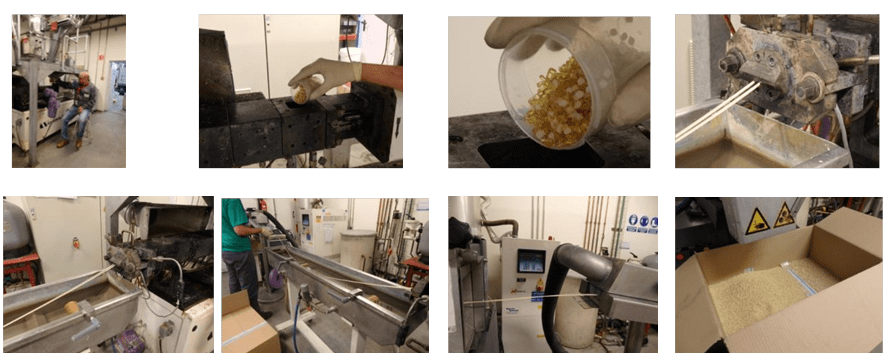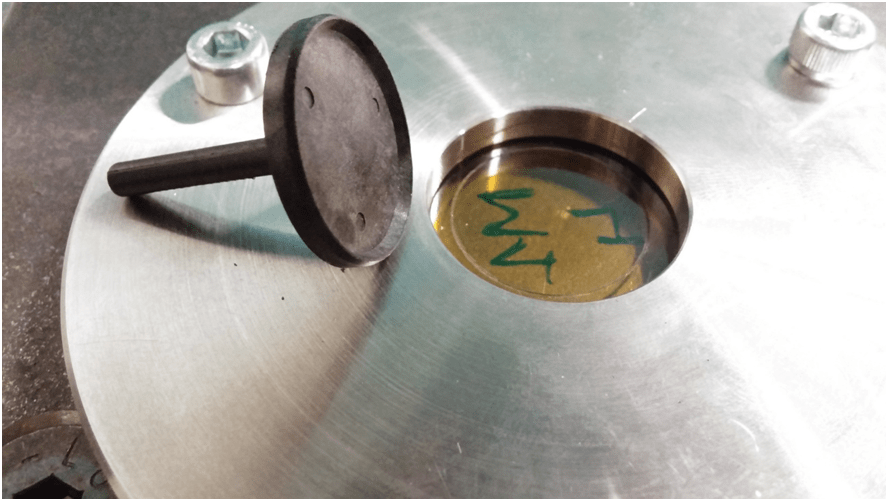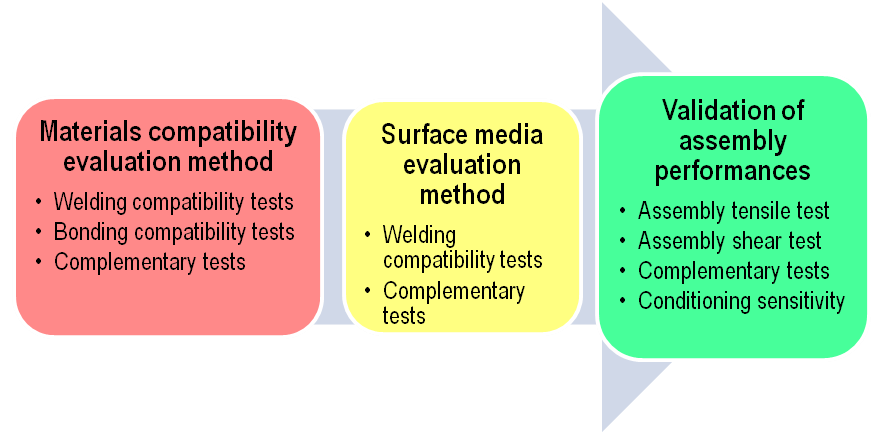Bracketweld project has been running for already two years time (see link). During this period CIDAUT has developed a methodology to adjust the welding parameters, and a methodology to evaluate the performance of the welded brackets. In this process, different surface media have been evaluated selecting the most appropriate one based on different criteria.
The joint between the bracket and the thermosetting composite laminate (having a suitable surface media) will have two joint interfaces: one thermoplastic/thermoplastic interface, developed during the ultrasonic welding process, and one thermoplastic/thermosetting interface, developed during the co-curing of the thermosetting composite laminate with the thermoplastic surface media. Generally, the joint strength of the global bracket-to-component assembly will be limited by the weakest of the two interfaces:
Weld strength at the thermoplastic-thermoplastic interface developed through the ultrasonic welding which depends on the compatibility of the base materials of the thermoplastic bracket and thermoplastic surface media.
Bond strength at the thermoplastic-thermosetting interface developed through the co-curing process depends on the compatibility between the thermoplastic surface media and the thermosetting prepreg.
During the first part of the project, two different test were defined and set up to evaluate these strengths. Additionally, the evaluation of materials compatibility includes complementary laboratory tests like calorimetry (DSC), rheology (MFI) and microscopy that provide valuable information in order to better understand the results from the mechanical compatibility tests
In terms of surface media, different commercial references have been studied; research activities have included the selection/development of a suitable material formulation and the optimization of surface media parameters like thickness and morphology (porosity).
Regarding thickness, the thickness of thermoplastic films was optimized. Regarding morphology, the advantages of using additive manufactured plates were evaluated.
CIDAUT also developed its own surface media to evaluate material blends different from those available commercially.


